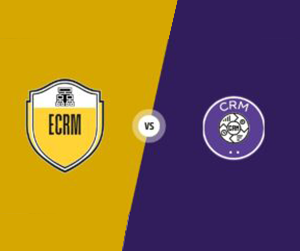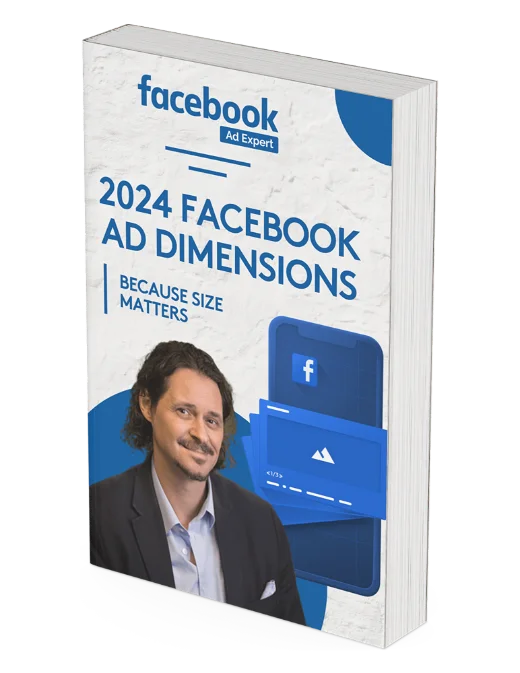Social media accounts that boast a larger number of followers typically garner more interactions on their posts, such as likes, comments, and shares. However, it’s important to note that the quantity of followers doesn’t always equate to the quality of content. This is where concept of engagement rate comes into play.
The engagement rate provides a more insightful assessment of content quality by considering the level of interaction relative to the size of the audience. Essentially, it measures how actively involved your audience is with your content.
To calculate the engagement rate, you typically divide the total number of interactions (likes, comments, shares, etc.) on a post by the total number of followers, and then multiply by 100 to express it as a percentage. This helps you understand how effectively your content is resonating with your audience, regardless of the size of your follower base.
By focusing on engagement rate rather than just follower count, businesses and content creators can gain a clearer understanding of the impact and effectiveness of their content strategies.
This insight enables them to make more informed decisions about content creation, audience targeting, and overall social media strategy to ultimately drive meaningful interactions and achieve their goals.
What does Engagement Rate mean?
The engagement rate is a key metric that evaluates how much interaction your social media content gets per follower, on average.
To calculate the engagement rate, you divide the total number of interactions your content receives by your total number of followers, then multiply the result by 100%.
In simpler words, it tells you how well your content is doing regardless of how many followers you have.
Interactions can include likes, reactions, shares, and comments, depending on the platform. These actions show how engaged your audience is with what you’re sharing.

Why is Tracking Engagement Rate Important?
By factoring in your number of followers, your engagement rate offers a truthful evaluation of your content’s quality.
For instance, if a brand boasts millions of followers but only garners a few dozen interactions per post, it suggests their content may not be up to par.
On the flip side, consider an account with just a few thousand followers but consistently receives numerous shares and comments. This indicates a high engagement rate.
Furthermore, the engagement rate can reveal disparities between digital commerce and ecommerce strategies. A low engagement rate might signal that your large following isn’t your target audience, underscoring the importance of tailoring content to your specific audience’s preferences.
Alternatively, you might have gained followers solely through brand recognition, without offering content that resonates with your audience.
To improve your engagement rate, consider leveraging content creation tools to craft posts that establish credibility, foster connections with your audience, and ultimately boost engagement.
Experimentation with different types of content can help identify what resonates best with your audience.
How do you figure out Engagement Rate?
The engagement rate is determined by dividing the total engagement by the total number of followers, then multiplying the result by 100%.
Here’s the formula:
Engagement Rate = (Total Engagement / Total Followers) x 100%
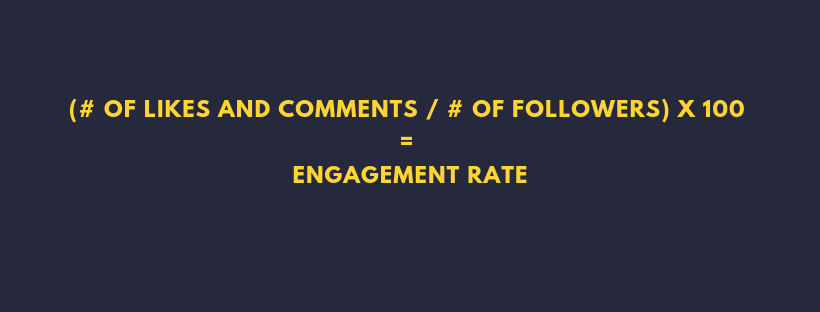
In this scenario:
Total Engagement = the total sum of all interactions (shares, comments, reactions, etc.)
Total Followers = the number of people following your account
For example, let’s say Company A posted on Facebook to their 10,000 fans and received:
- 200 likes
- 100 comments
- 50 shares
This means their total engagement would be 350 (200 likes + 100 comments + 50 shares). Now, let’s plug these numbers into the equation:
Company A’s Engagement Rate = (350 / 10,000) x 100% = 3.5%
So, Company A’s engagement rate is 3.5%. Using this simple formula, you can easily calculate the engagement rate for your own social media posts.
What Defines a Strong Engagement Rate?
To evaluate whether your engagement rate is favorable or not, it’s essential to compare it against relevant benchmarks. Consider your objectives and measure accordingl.
Here are some benchmarking strategies:
- Track your content’s performance over time (compare against your own engagement rate trends).
- Compare your performance with competitors (benchmark against your main rivals).
- Establish an industry benchmark for social media engagement (compare against top players in your sector).
- Compare your performance across different social media platforms (benchmark against your own profiles on various platforms).
Traditionally, this process could be time-consuming, involving hours of calculation and reporting. However, tools like Facebook Ad Expert can provide real-time engagement rate calculations within seconds.
These tools also offer insights into your content’s performance over time and allow for easy comparisons between your profiles and those of competitors.
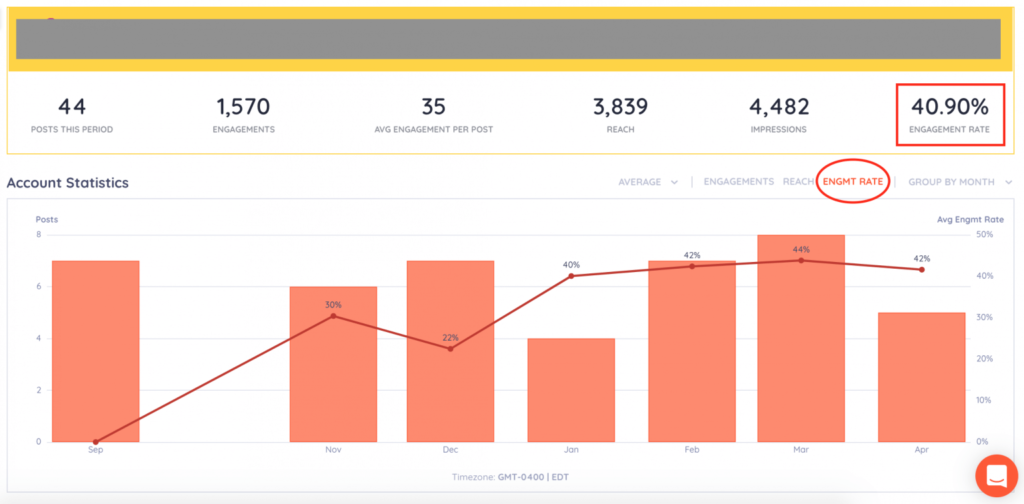
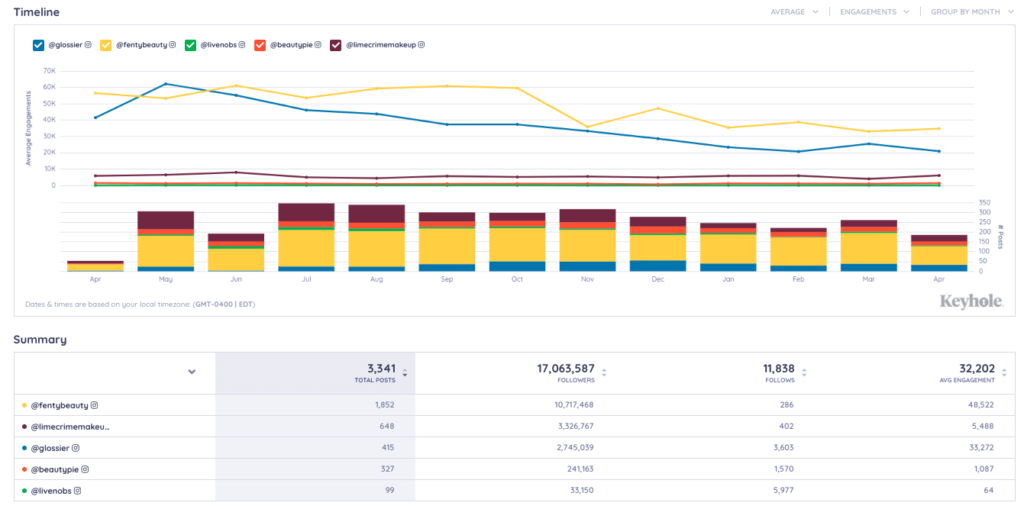
This is just one of the ways Facebook Ad Expert users can harness potent insights into social media ROI, saving over 5 hours weekly by eliminating manual reporting, calculation, and benchmarking tasks.
Concluding Thoughts
Merely calculating the engagement rate isn’t sufficient. You require a robust social media analytics tool to decode all essential metrics and comprehend your social media impact.
Facebook Ad Expert emerges as the indispensable tool for making data-driven decisions while streamlining social media management endeavors.
Beyond campaign tracking, influencer marketing, and social listening, Facebook Ad Expert enables you to schedule and publish your social media posts seamlessly, all within a single platform.



